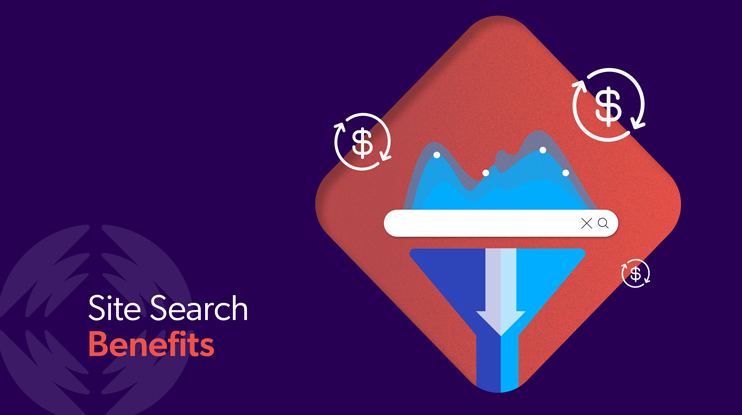In today’s digital landscape, zero click search is redefining user journeys, making first impressions count more than ever. This shift underscores the importance of providing an effortless web experience for visitors who do land on your site.
With users increasingly getting answers directly from the Google SERP, the stakes are higher for websites to convert visits into meaningful actions, like purchases or sign-ups. Engaging potential customers means reducing friction and offering seamless navigation—something that can greatly influence the outcome of their journey.
Given the substantial investments in search engine optimization (SEO) and search engine marketing (SEM), enterprises must maximize the potential of every click-through from a Google search. This means crafting a user experience that captivates and converts users, ensuring they don’t just arrive but are motivated to engage fully once they do.
How Site Search and SEO/SEM Work Together
A zero click search refers to search engine results satisfying a user query directly on a search engine results page, completely removing the need for an additional click to a website.

These results often appear as a featured snippet, People Also Ask, or Google Business Profile. While these features enhance user experience by providing a quick answer, they pose a challenge for website traffic as users increasingly find answers without visiting a website. Consequently, businesses may experience a decline in traffic and potential revenue.
This shift underscores the importance of investing in site search functionalities. Effective site search ensures that website traffic from web search engines immediately finds relevant content or products directly on a brand’s website, potentially increasing conversions. By optimizing on-site search, companies can counterbalance the traffic lost to zero click searches and maintain engagement and revenue potential.
How? You can derive a number of insights from site search analytics that will more than pique the interest of SEOs:
- Keyword insights: learn to speak the language of your customers and optimize content and increase conversions. This keyword data can be used to optimize SEO/SEM campaigns, too.
- Null results: Identify top searches that yield no results or clicks and use that to address gaps in content strategy. You can use null results data to address coverage oversights in your paid and organic search campaigns.
- Web analytics: Understand the journeys people take on your website to improve web navigation, address site structure issues, and drive customers to the content they need most.
The Three Categories of Site Search Tools
Enterprises typically deploy one of three types of site search tools on their sites:
- Native search: Embedded within the existing content management system, usually
- Open-source: A third-party solution, such as Solr or Elastic, that the in-house team bolts on and customizes
- Search platform: A premium software solution, such as Coveo, that integrates with existing site infrastructure and includes advanced options for personalization, recommendation, and analytics
The Two Types of Site Search Behavior
To optimize site search engines in support of user experience and, by extension, SEO/SEM investments, means optimizing for two primary types: informational and experiential.
Informational Site Search
The definition of informational site search is in the name: it’s people coming to your site looking for specific information. It could be an answer to a burning question. It could also be a solution to a specific problem. Typically, keyword research, optimization, and even content creation fall under this category.
Experiential Site Search
As for experiential search, it’s all about the browsing experience and search navigation—it’s about how site visitors “consume” content and, in many cases, convert. As Alistair Rennie, Jonny Protheroe, Claire Charron, and Gerald Breatnach of Google point out, the journey is not linear.
Here’s how their team visualizes the model purchase process loop, in which site visitors must navigate an abundance of information and choice to come to the right decision:
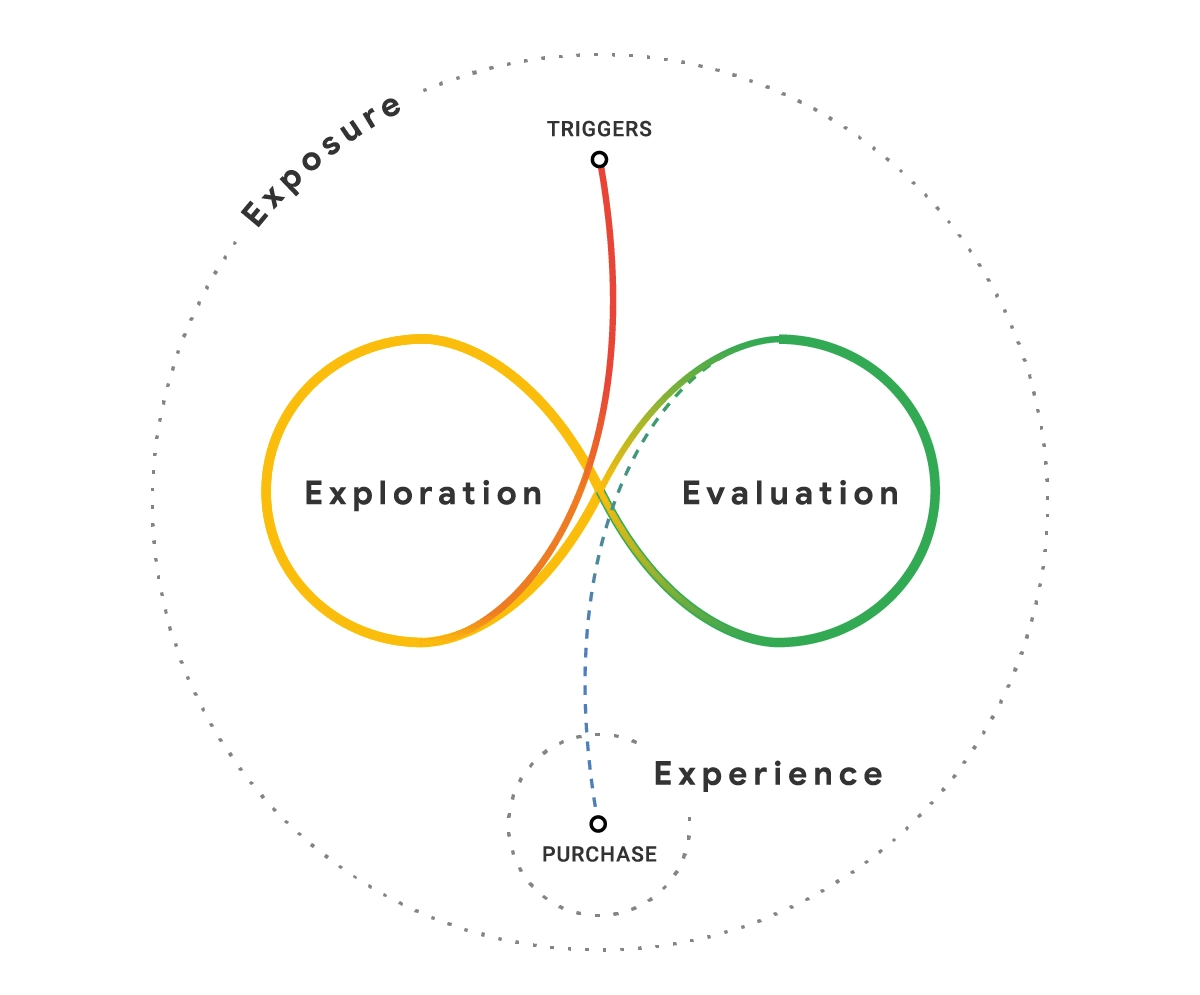
The Tangible Benefits of Site Search for SEO and SEM
Think about what helps SEOs and SEMs be more effective. Keyword and intent data. Journey mapping. Post-click site metrics. A quality site search experience can provide all of this information and more.
It’s Reveals What People Actually Need (and Where They’re Getting Stuck)
The more those customers interact with site search, the more keyword data they create, data that SEOs and SEMs crave. Why? Because keyword data reveals top interests, questions, and issues. It tells us which content people look for most. It also tells us which content most searchers are looking for, but can’t find. This includes informational and experiential data that the folks in customer strategy, search, web strategy, and UX can use to make improvements.
For one Coveo customer, site search data—specifically mobile site search data—revealed that a considerable volume of searchers from mobile were constantly using site search for info on how to find their account number. So the company made the data-backed decision to implement that functionality.
It Can Increase Conversions
Remember my little spiel about friction? It’s all about removing friction and adding value throughout customer journeys (as opposed to simply convincing someone to buy). As to how, here’s another little secret about site search: people don’t lie to your search box. They tell you exactly what they want, which creates an opportunity to increase website engagement and drive revenue with personalized experiences
It’s a no-brainer in ecommerce, for example. The analysts at Forrester consider site search a must-have ecommerce feature. One Shopify customer enjoys a 7x higher conversion rate for site visitors who use their custom onsite search engine. Life Extension, a Coveo customer,found that 27% of their site visitors were using search first. After implementing Coveo, customers are now 28 times more likely to add products to their cart.
Another customer nearly discontinued a product, but dug into their site search query data first. They found that this product was the most searched for on their site. The problem was it was never in stock. So rather than discontinue it, they used the site search data to inform better decisions on the merchandising and product supply side.
It Can Be Personalized to Intent
Though up to 30% of ecommerce visitors use site search to find products, people don’t just come to your site to buy products. They usually have one of four intents:
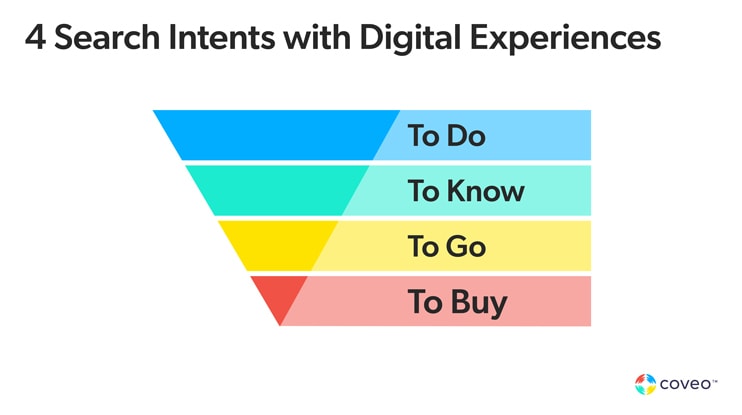
For how-to visits, site search can be used to see what clients are asking to do. It can also be used to create content around those how-to searches—experience-driven documentation that delivers answers. Again, great for SEO, as 1.5x more organic traffic comes from “How To” articles.
For to-know visits, you can use data-driven content recommendations to orchestrate journeys based on the expertise and education people are looking for. Using AI, you can progressively refine recommendations based on site search data, creating real-time value for visitors and increasing time on site significantly.
With to-go visitors, you can optimize the site search experience to help visitors find a location. Let’s say a retail customer needs to find a store carrying a certain product. Unified site search can connect online and offline channels to facilitate this journey.
And I’ve already touched on to-buy journeys. One interesting use case here is the ability to use site search data to suggest related products in the court, thus improving average order value.
It Can Work With Limited Data
Most websites don’t require people to authenticate. What’s more, many people only visit a given business’s website once or twice a year. Meaning the data on intent can be limited.
Yet, you can still deliver personalized site in a few very effective ways:
- Automatic synonym management (influences zero-results rate and time on site)
- Typo tolerance (what user most likely meant to enter despite misspellings)
- AI-powered re-ranking
- AI-powered faceted search
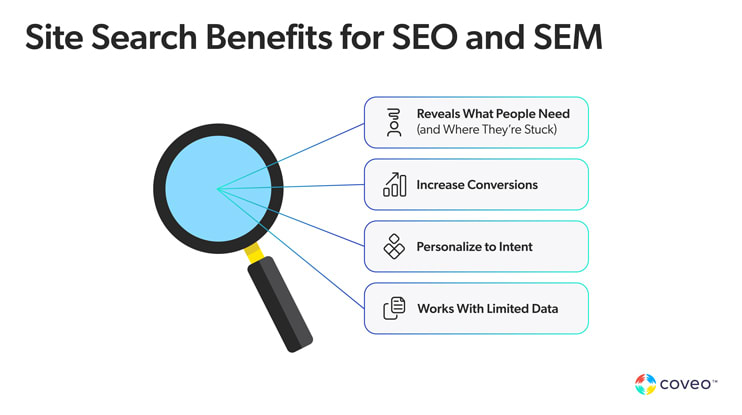
Relevant reading: Why (And How) You Need to Personalize for Cold-Start Shoppers
A Decisive Advantage in a World of Rising Customer Acquisition Cost
It’s expensive to acquire new customers. That goes for nearly any industry. Customer acquisition cost (CAC) is up about 60% over the past six years.
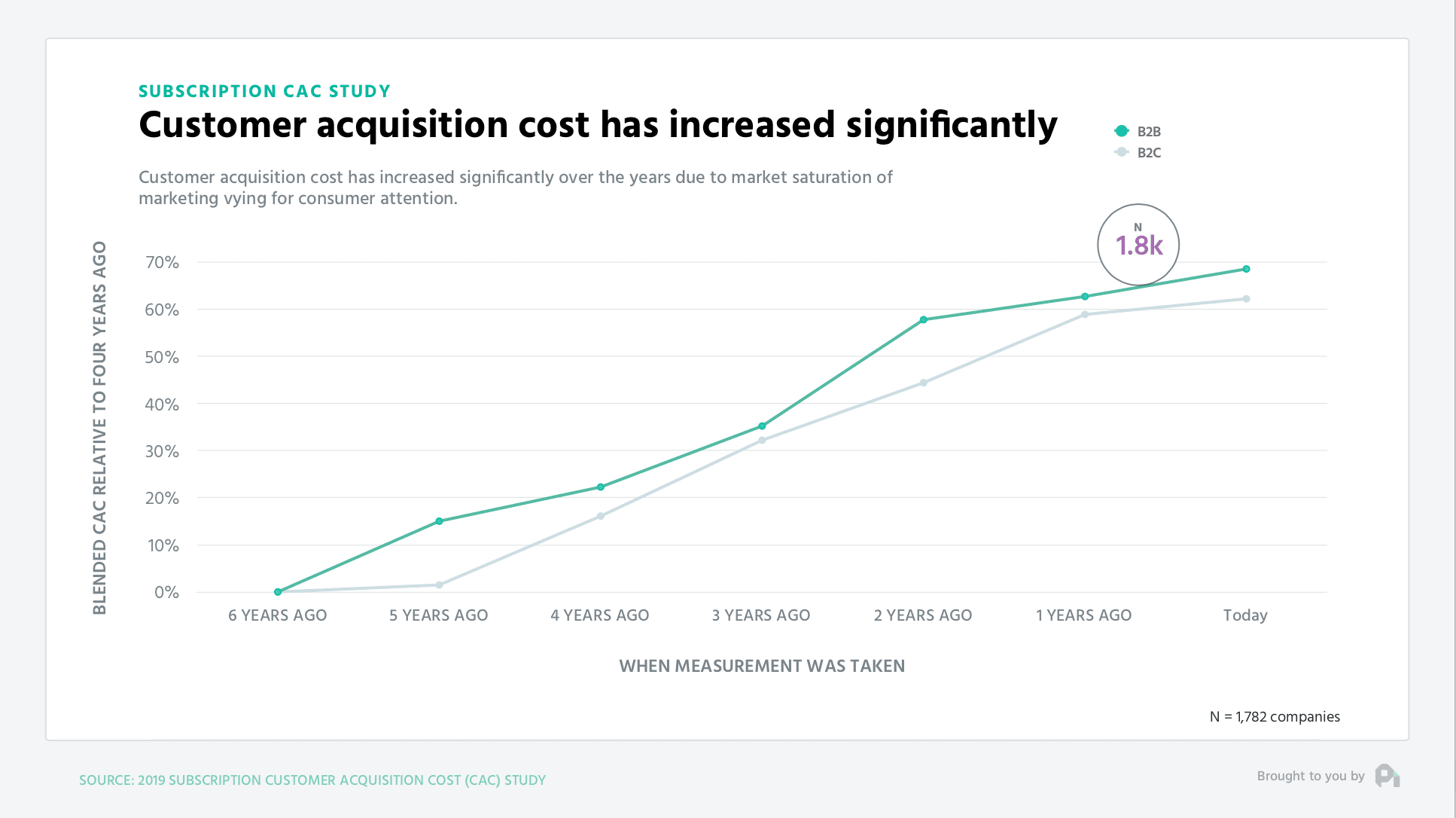
One explanation for the rise in CAC is market saturation. Put differently, people have many options! This is why enterprises need to maximize every strategy available to not only attract paid and organic website traffic (i.e., SEO and SEM) but also create incredible value for those who do engage.
As more enterprises are finding out, site search is a terrific way to enhance those journeys.
Check out the full webinar, Why On-Site Search is the Best Investment You’ll Make, on-demand.
Dig Deeper
Looking for strategies to improve your site search? We’ve got 15 of them for you.
Or if you want practical examples, here’s a showcase of real-world site search best practices in our Ultimate Guide to Site Search User Experience.

